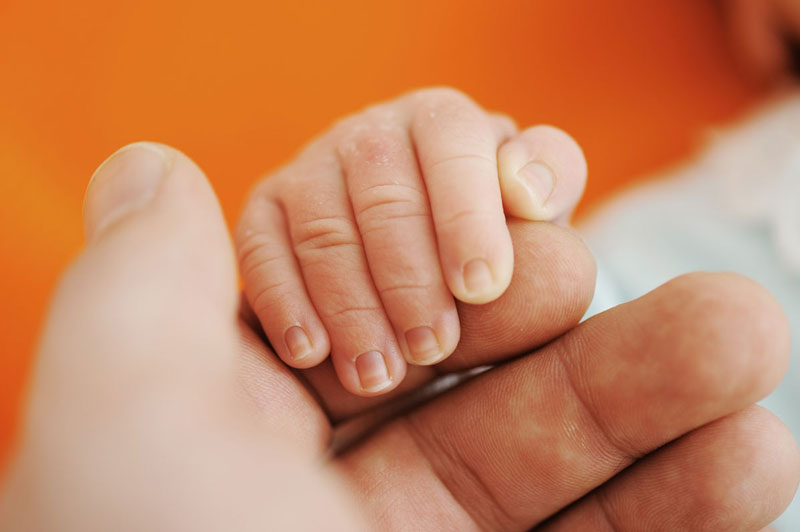
Orofacial clefts, also known as cleft lip or cleft palate, are just one of the most typical birth defects in the United States.
Actually, it is approximated that around
2,650 children are born with a cleft palate every year in the United States, and up to 4,440 are born with a cleft lip. A cleft results during early pregnancy while the baby's face is forming. When the parts of the face fail to connect during pregnancy, it leads to a cleft.
Cleft During History
Cleft lips have been
documented in history as early as 390 B.C. In fact, the first effective cleft lip procedure occurred in China. Eighteen-year-old Wey Young-Chi was the first patient to go through surgery to fix his cleft lip. He then joined the imperial military where he found much success and recognition. He was also documented as saying that he never would have attained so much if it had not been for the surgical procedure that restored his cleft.
Cleft Lip Abnormalities
A cleft lip happens when the cells that create the lips do not fuse prior to birth, and this causes a hole in the top lip. The size of this opening can range between a little split to a large divide that stretches from the lip to the nose. There are 3 kinds of cleft lip: unilateral (happens on one side), bilateral (occurs on both sides), or complete (meaning that the cleft starts at the lip and goes up into the nose).
Cleft Palate Abnormalities
Similar to a cleft lip, a cleft palate occurs when the cells that compose the roof of the mouth does not connect during pregnancy, causing a gap. A child's palate may be disrupted in the soft palate--the area in the back of the mouth--or in the hard palate-- the location nearest to the lips--in many cases, some babies have gaps in both areas.
Sources
The CDC has actually presented their data on some factors that might increase the possibility that a mother will give birth to a child who has orofacial clefts. Although it should be kept in mind that the root causes of this defect are greatly unidentified, and also clefts can take place for causes that are not in the person's control.
Women that smoke over the course of their pregnancy, develop diabetes prior to getting pregnant, or take medications to treat epilepsy within the first three months of pregnancy are at a greater risk of giving birth to a child with a cleft lip and/or palate compared to females who do not suffer any of these elements. Other reasons can consist of family history, weight problems during pregnancy, and alcohol use.
Negative Effects
Even though orofacial clefts have the ability to be fixed, the existence of these gaps triggers specific issues for the infant. For example, one of the most concerning difficulties when managing a baby with a slit palate is challenging feedings. Due to the fact that the split happens in the palate for some babies, it can lead to concerns in the baby's ability to suckle and also ingest. Additionally, a cleft palate can put the baby in jeopardy for developing hearing loss and fluid in the ear, along with disrupting the growth of typical speech pattern. This can cause the young child to have a nasally voice. Various other issues include disrupted dental growth and also psychological, social, and behavioral problems.
Early Diagnosis and Treatment
Orofacial clefts can be detected while the mother is pregnant by use of a regular ultrasound. Cleft palates, on the other hand, are commonly identified after birth.
Surgical treatments to repair clefts is advised to happen within the first 18 months of life.
In regards to cleft lip operations, the doctor will create cuts on each side of the cleft. With the flaps of skin, muscular tissue, as well as intraoral tissue, the doctor stitches them together in order to close the slit. With the cleft shut, the lip and nose anatomy can be brought to a more typical structure and feature.
A cleft palate requires the doctor to restore the roof of the mouth. Similar to a cleft lip surgery, the doctor will make lacerations on either side of the slit. The tissues of the hard and also soft palate are then repositioned and the laceration is sewn back together.
It is normal for babies born with a cleft to require more therapy after the initial operation to shut the cleft. These extra treatments will aid the child in constructing more powerful speech as well as language growth. It can also boost their hearing and breathing. They could require speech therapy or unique oral care. Despite the surgeries and additional assistance, most babies with orofacial clefts tend to lead regular and healthy lives.
Dr. Lechner has written more articles about the different kinds of dental practices and useful topics for his patients. To read them, you can find Dr. Lechner’s blog
here.